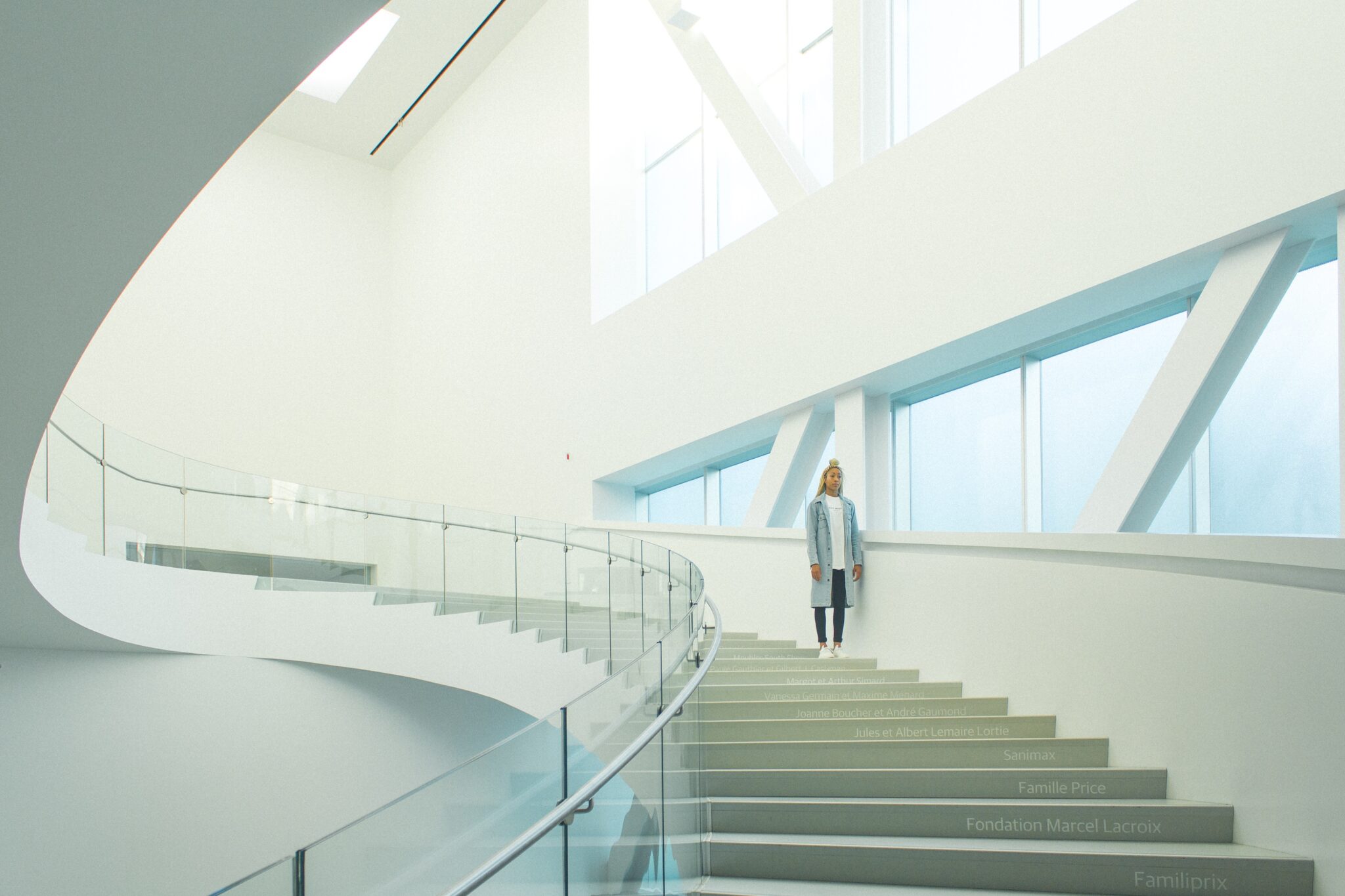It’s no secret that museums face increased scrutiny for both the company they keep and the promises they make.
In recent years, eye-catching demonstrations by artists have thrown major gifts from “tainted” sources into sharp relief, suggesting museums themselves should be mindful of how they make their money. In the wake of the Black Lives Matter protests, museums made strong public commitments to the values of diversity, equity, and inclusion—but two years later museum workers have questioned whether actions reflect words.
One way that museums can strengthen their reputations and follow through on their public declarations is by aligning the billions of dollars in their endowments with their values and missions.
Other investors are already doing this: One-third of assets under professional management in the US, approximately $17.1 trillion, is invested following sustainable and impact investing strategies. This includes endowed institutions like universities and foundations, which have already made commitments to hire BIPOC and women fund managers, and to steer clear of industries like fossil fuels and companies that don’t treat their workers and communities well. Museums, however, currently lag behind the rest of this pack.

A recent survey of independent museums of art and design in the US—published this week by Upstart Co-Lab, the Association of Art Museum Directors and the Black Trustee Alliance for Art Museums—sheds light on this disparity, finding that just 13 percent of museums are engaged in impact investing, compared to 47 percent of colleges and universities and 51 percent of foundations.
What’s more, the study revealed that issues often cited as barriers to museums getting involved with impact investing have already been solved: the capacity to measure impact, the availability of quality impact investing products across all asset classes and the ability to achieve market-rate financial returns. In fact, a Morningstar report found that sustainable funds outperformed peers in 2021.
As also evidenced by the survey results, investment committees and leadership teams tend to drive the conversation around impact investing at the museums leading their peers. But everyone committed to the future of America’s art museums can play a part in shifting museums’ endowments to impact investing.

Museum board members can gather the facts on the financial performance of impact investments and gain practical insights by speaking to trustees of universities, foundations and other cultural institutions that are already involved with impact investing. An appetite for impact investing knowledge can inform future appointments to the board and the investment committee, along with the selection of investment advisors, to ensure that individuals with relevant expertise hold key roles.
Donors should feel empowered to communicate the importance of values-alignment in all activities—including investment—to the institutions they support. A good first step can be starting a conversation to better understand the museum’s investment practices when next making a charitable gift.
Impact investing options are available to investors of all income levels. So, encouraging museums to align their investments with their values should not be left solely to wealthy donors. Artists can become impact investors themselves and share their personal experiences publicly. In fact, artists are encouraged to tell museums that exhibit their work that values-aligned investing is important to them.
By supporting change, stakeholders can help museums fully manifest their role as stewards of culture and community and do more to mobilize their assets in alignment with their values and in service of their missions.
Laura Callanan is a founding partner of Upstart Co-Lab, a non-profit that connects capital to creative people who make a profit and make a difference.
Maxwell L. Anderson is President of the Souls Grown Deep Foundation and Community Partnership.






